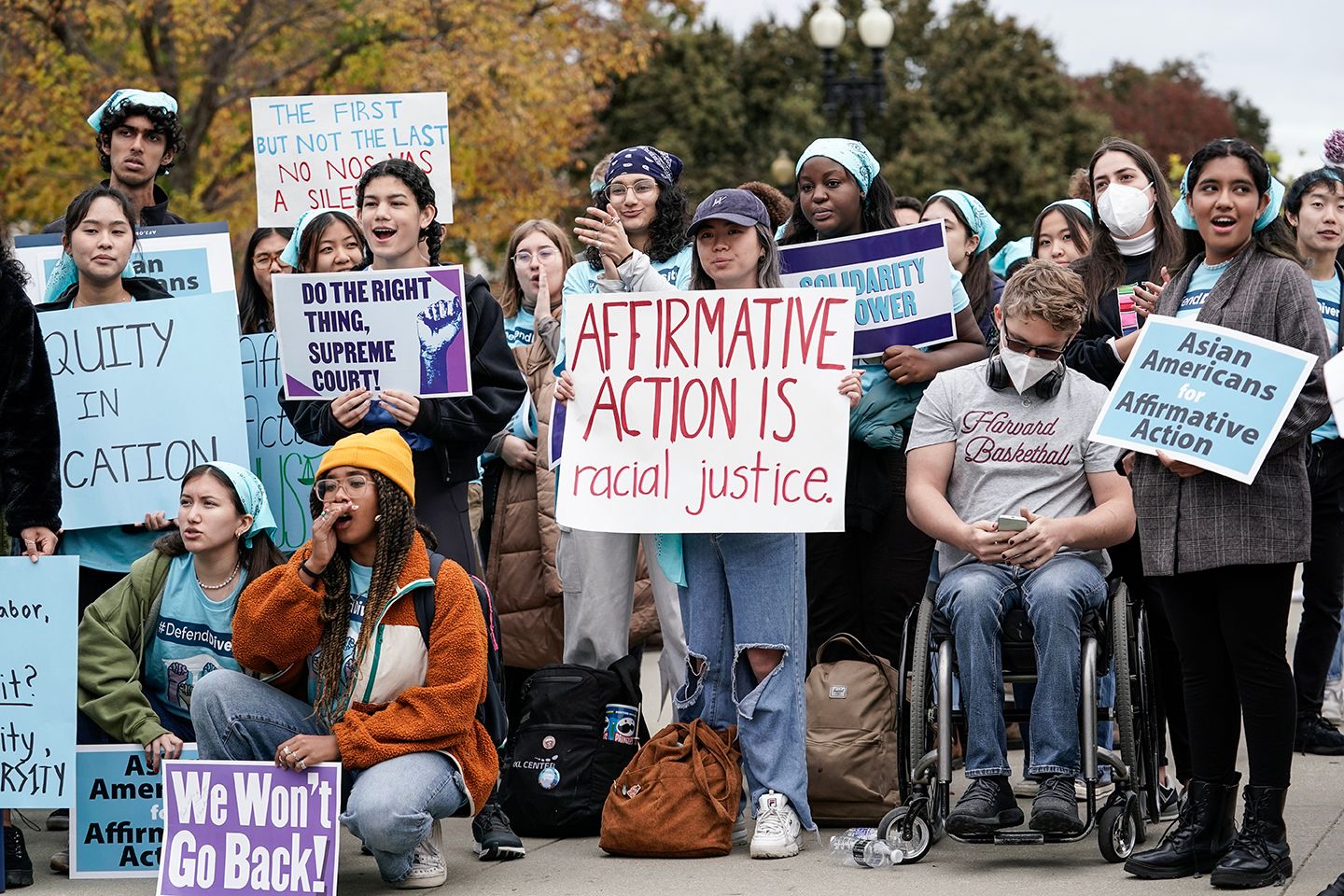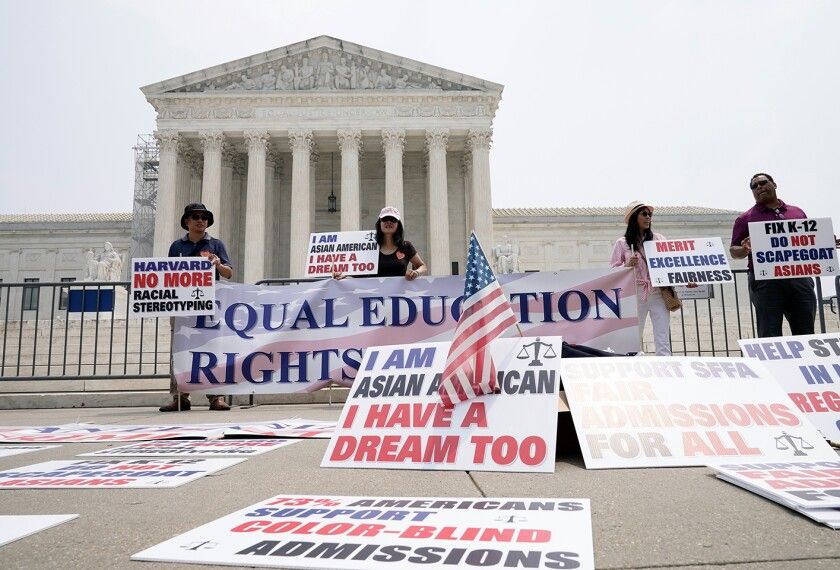In a devastating blow to racial justice and equality, the US Supreme Court recently struck down race-based admissions policies in higher education, effectively undermining affirmative action. This regressive ruling is a significant setback for a nation that continues to grapple with institutional racism and a widening racial wealth gap. By eliminating the consideration of race in admissions, elite institutions are predicted to witness a dramatic decline in the enrollment of Black and Brown students. This decision underscores the urgent need to address the deep-rooted inequalities that persist in our society.
Affirmative action, born out of the Civil Rights movement and other racial justice struggles of the 1960s and 70s, aimed to rectify historical wrongs and eliminate disparities perpetuated by racist policies. Despite not being codified into law, universities adopted affirmative action policies to prioritize the admission of students of color, particularly Black and Latino students. However, when universities have abandoned these practices, the number of Black and Latino students has plummeted, as seen in the University of California system after the ban in 1995.

The Supreme Court's ruling against affirmative action in cases brought forward by the conservative group Students for Fair Admissions (SFFA) is deeply concerning. It is worth noting that SFFA, despite its name, is not led by students but rather by individuals like Edward Blum, who has a history of supporting cases that undermine civil rights achievements. By using their financial resources, conservative benefactors continue to chip away at hard-won victories, such as the gutting of the Voting Rights Act and now the assault on affirmative action.
Contrary to the misconception perpetuated by opponents of affirmative action, its purpose goes beyond promoting diversity. It is rooted in the struggle to right past wrongs and eradicate the effects of racist policies. Affirmative action seeks to eliminate disparities created by centuries of discrimination, as universities like the University of North Carolina only began admitting Black students in the 1950s. Therefore, reducing affirmative action to mere diversity overlooks its crucial role in addressing historical injustices and dismantling white supremacist ideas embedded in educational systems.
Opponents of affirmative action often distort the issue, falsely claiming that it discriminates against white and Asian-American students. However, studies have consistently shown that white women have historically benefited the most from affirmative action policies. It is vital to reframe the conversation to focus on expanding educational opportunities for Black and Brown students, alongside advocating for universal access to education. By expanding educational opportunities for all, we can create a society that uplifts marginalized communities without diminishing opportunities for others.
While race-based affirmative action faces scrutiny, the practice of legacy admissions, which prioritizes the admission of students with familial ties to elite institutions, continues unabated. This unequal practice perpetuates systemic biases and does not receive the same level of criticism as affirmative action. If we are to foster a fair and just education system, we must scrutinize and address all forms of preferential treatment that perpetuate inequality.
The Supreme Court's decision striking down affirmative action in higher education is a grave blow to racial justice and equality. It threatens to exacerbate the racial wealth gap and perpetuate systemic racism. It is essential that we continue to fight for affirmative action as a means to rectify historical wrongs, promote diversity, and dismantle systemic inequalities. Only by advocating for expanded educational opportunities for all can we work towards a society that truly upholds justice and equality.

